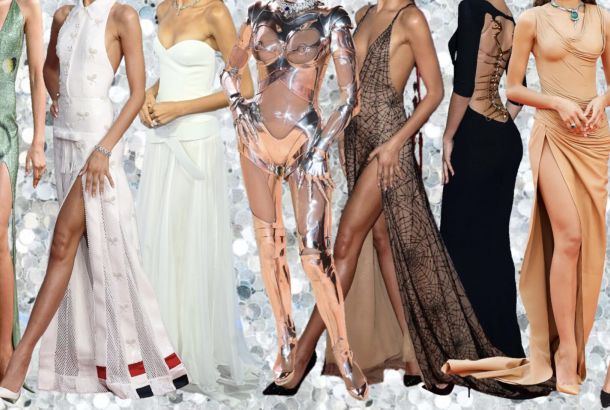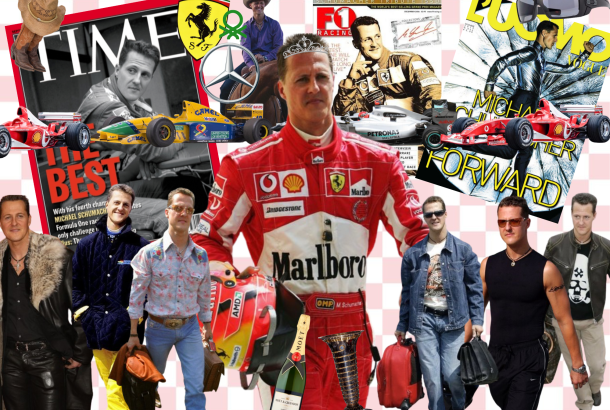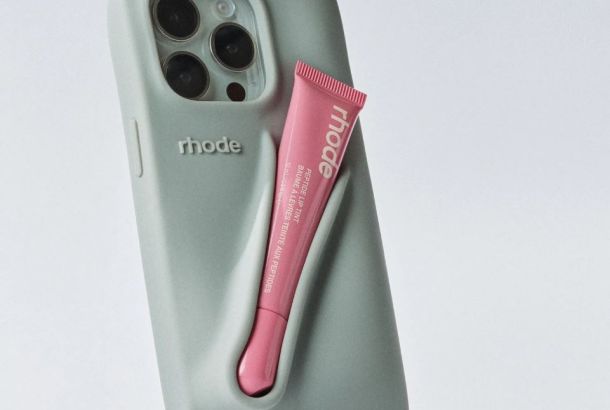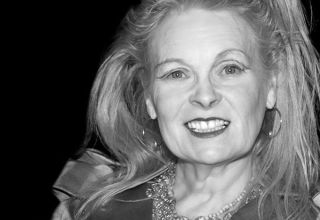High-Fashion Hypocrisy
By Sophie Soar
Despite its roots in the late 19th century, the modeling industry began to form into what it is today in the 1950s. Fresh-faced and beautifully sensual women, such as the bee-hived Brigitte Bardot, draped in nautical stripes with a lick of eyeliner, sprung to celebrity. Soon followed brand names such as Twiggy, Joanna Lumley and Jean Shrimpton. These multi-talented beauties fast became permeated within the creative world: musicians fell at their feet; their bodies became artwork and muses to photographers; they snapped up acting roles, from Twiggy’s cameo part in The Blues Brothers, to Lumley’s iconic Patsy Stone in Absolutely Fabulous.
Inevitably, with their success and praise came scepticism and aloof uncertainty; the employment of women to promote products was still a foreign concept, and perhaps rightfully so when the job sidelines an individual’s personality to promote a product. Despite these powerful names and fierce characteristics, they were primarily and predominantly applauded for their appearance and figure.
In the 1970s, out crept curvaceous Californian creatures who fast established the supermodel standard. With this new hierarchy came the competitive side, and the career of the elite few rapidly developed as the Eighties fast approached: pay checks volumised in correlation with the hair and its collection of icons. Linda Evangelista famously said ‘I don’t get out of bed for less that $10,000 a day’, placing a price on beauty and cultivating girls’ aspirations to a career based on objectification and voyeurism.
The early Nineties fell upon the fashion industry, bringing with it grunge and denim, platforms and plaid, Naomi and Kate. The two brought with them a revolution in the fashion industry and weight fell off the runway almost overnight. Moss’s stick-like figure and angular features were coined as ‘heroine chic’ and modeling became less associated with the powerful, healthy woman and more with drug taking and the emaciated form.
By the end of the Nineties, the grunge, heroine chic had passed, but the demand for skinny sex appeal resided, unsatisfied, along with the ever-increasing paychecks. Recently retired Gisele Bündchen remains the highest paid model to date: from September 2012 to September 2013, Gisele earned around $42 million, whilst her male counterpart in status earned an estimate of $1.5 million. The industry has changed immensely since its infancy, but the female dominance in the industry retains a strong hold.
Alien, emaciated, prepubescent, the industry today tells a very different story to its establishment in the late Fifties. The current casting requirements immensely contrast the soft-edged cover girls of the decades before, and weight regulations remain a dirty, whispered echo in the casting room.
The industry is not a healthy one, with overt sexualisation of the teenage form, rife inequality between male and female pay, and a morbid obsession with weight. The image of the model has led us to disregard the anonymous majority as clothes hangers, while the leaders firmly dominate.
Despite this, we still love our favourite models and follow them religiously on social media. As a result of their cult following, they use their Internet personalities as a means of promoting the ideological lifestyles more closely associated with their predecessors of the Fifties; perhaps indicative of the industry heading in a full 360. Their status is cleverly manipulated by the industry to speak to the masses, but therein also lies hope still for equality; it fuels optimism for the next generation of models and their powerful input on society.







